Used tires are not always bad. The reasons for the sale can be a lot and they can be the most different, for example, the car broke and cannot be repaired. But when purchasing used tires can be saved to significantly. However, be careful, purchasing rubber who has been in use, because there is a risk of buying tires that are not suitable for operation. About this further in the article.
Content
Marking of automotive tires
Tire bu what is it
Tires used - this is a rubber that has already been in use. The used car market is actively developing. Find such a rubber is very simple: tireage, private car owners, distribution networks, tire centers, forums, special sites and others. The most reliable option is tire centers. They have special equipment for checking tires and they do not allow tires unsuitable for operation. But they also exhibit the highest prices for used tires. Markets and caring - the least attractive options. To profitably buy a good rubber set, you need to understand well in this area.
Buy tires bu.
Before buying used tires, find out from the seller:
- Age of rubber. The date of manufacture is usually indicated on the sidewall. Do not buy tires with different production date, since, most likely, it has a different degree of wear, and therefore, it will not last long.
- Reason for sale. This information must be found only from individual vendors, since trading of used tires for dealers is a business, and the sale of low-quality goods negatively affects their reputation.
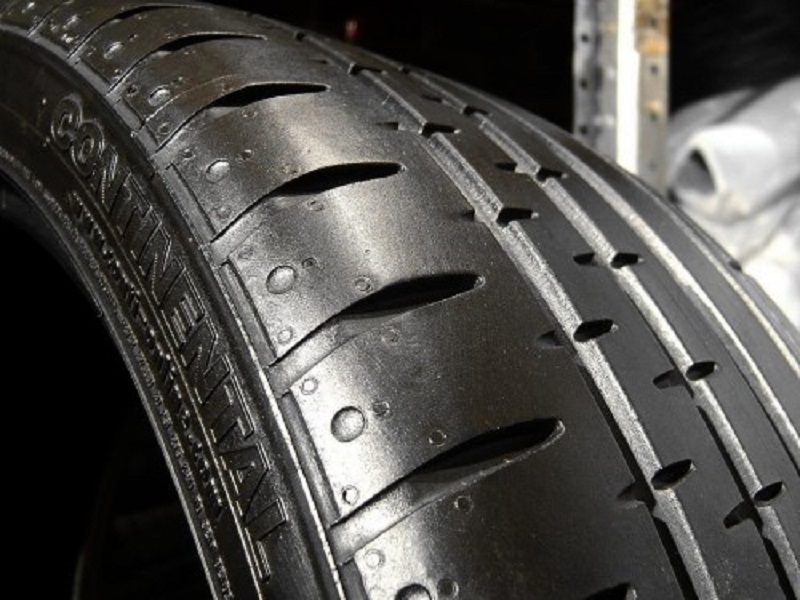
- History of operation. Find out in what conditions the rubber was operated. It is equally important to know whether tires were repaired for which reasons and how many times.
- Wear tires. In irrational to buy rubber with wear more than 50 percent.
- Price. Find out the current cost of the tires from other sellers and compare with the one you suggest.
how to choose the right tire bu for your car
Start the selection of used tires is necessary from the definition of key parameters.
These include:
- Permissible load.
- Speed \u200b\u200bindex.
- Size.
These characteristics are indicated on the rubber itself. Select bus must be in accordance with these parameters. They directly affect the operational characteristics of your car. When you decide on these parameters, the search for the search is significantly narrowed. Then you need to evaluate the tread wear and the state of the selected tire model.
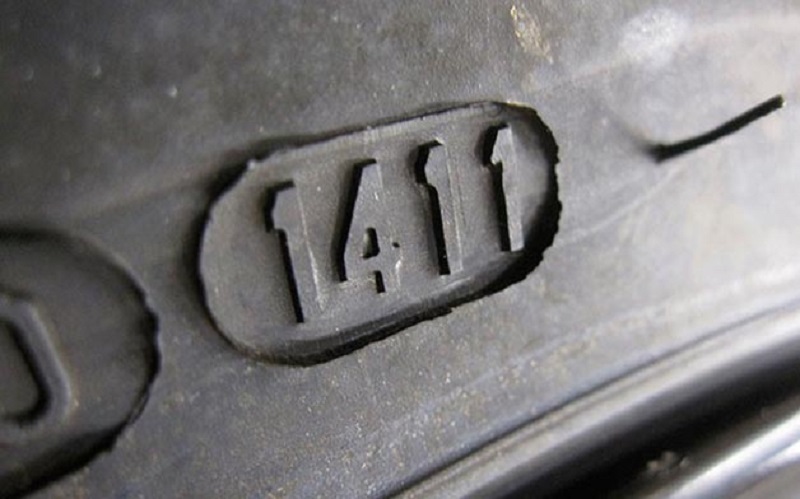
For winter rubber, it is important for the presence and status of transverse lamellas that are in the tread checkers. They are responsible for the efficiency of braking and coursework stability. The main parameter in summer tires is the wear of the entire tread, since its increase has adversely affects all its operational characteristics. It is worth noting that summer tires with 50 percent wear can be considered for short-term use, and winter tires even with wear less than 50 percent, but with erased lamellaes are unsuitable for use.
Tire manufacturers put special indicators in their protectors, whose height is 1.6 mm. If the rubber is erased to this limit, its operation becomes dangerous and prohibited by traffic rules (on passenger cars). When purchasing winter used rubber, you do not need to pay attention to tires with a height of less than 3-4 mm. Real "zero" here is much higher.
We present to your attention the real wear of the tire:
The tire tread height is better to measure in 6-9 different points (at different points of the circle, in the central part, with both edges). It is important that the measurement results coincide either were maximally approximate to each other (the difference is no more than 1 mm).

If the tires are worn unevenly, this indicates:
- Protector on two tires of one pair worn unevenly. Compare the dates of the production of tires and parties numbers. If the models have different dates, most likely, the pair collected from the "stock". If the dates coincide, it means that the former owner had problems with the similarity of the wheels.
- The protector has a greater wear on the edges than in the central part. The tire systematically unacted. Such rubber can be operated, but very neat. It is necessary to calculate the degree of wear on the minimum height indicator, since with the standard pressure level the tire center quickly "catch up" edges.
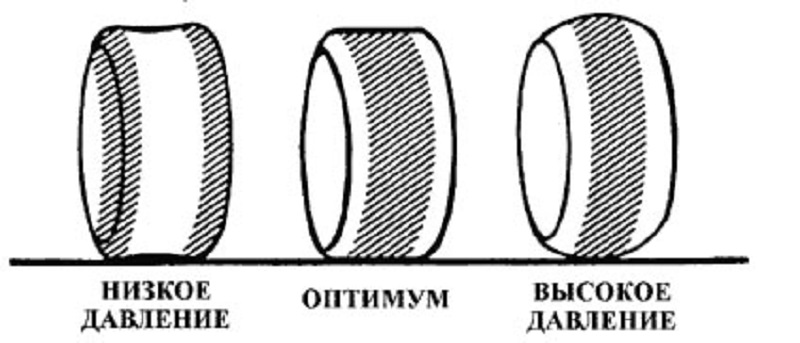
- The protector has a greater wear in the center than around the edges. Most likely, the tire constantly pumped. Because of this, the power frame of the tire was experiencing an increased load during operation. It is not recommended to buy such rubber.
- Tire is unevenly worn around around (Central or side checkers have a different height rate). This speaks about the aggressive ride of the former owner of rubber. He preferenceed with rapid accelerations and sharp braking, which entails the deterioration of the status of the tire frame. If the tire is unevenly worn around around the circle, it is also the cause of a substantial static imbalance that affects the state of the pendant components, as well as the overall safety of the ride. Do not buy such a tire.
- Tire is unevenly worn in width. It says that the previous owner had some kind of malfunctions in the suspension. It was quite possible, the similarity was incorrectly adjusted. First time after installation, you must carefully ripen the tire to compare wear across the width. Be careful to protect yourself from poor coursework stability and insufficient clutch with a road surface.
- Worn up the top of the sidewall (The tire is "wished" at the point of the joint with the tread zone). Most likely, the former owner once drove with navalized tires. Even a short-term trip can entail irreversible damage to the power part of the frame. It is not recommended to buy such a tire, since such wear is often the cause of substantial static imbalance.
how to choose tires bu
When choosing a used tires, pay attention to such defects and damage:
- Traces from performing repair work or marks on the side surface of the inner part of the tire. It is categorically not recommended to buy tires even with insignificant traces from repair work on the side surface, since the side cuts on radial tires are not subject to recovery.
- Cord plasters on the opposite side of the tread. Plugs in the tread zone are not dangerous because they are well repaired with small lathes. If there are no more than two cord plasters on the tire, it can be safely operated.
- Bilation and hernia. Invalid bias on the sides or by the radius of the wheel on the balancing machine. It is not only expensive to ride on this bus (somehow, it will lead to an expensive repair of the suspension or breakdown of the entire wheel), and is very dangerous (long braking path, poor handling).

- Many microcracks on the inner / outer surface sidewall. Or before you the old tire, or its storage rules have been violated. The resource of such rubber is very difficult to determine. It is capable of breaking at speeds after three days, and can withstand up to one year of operation. Therefore, it is better not to risk.
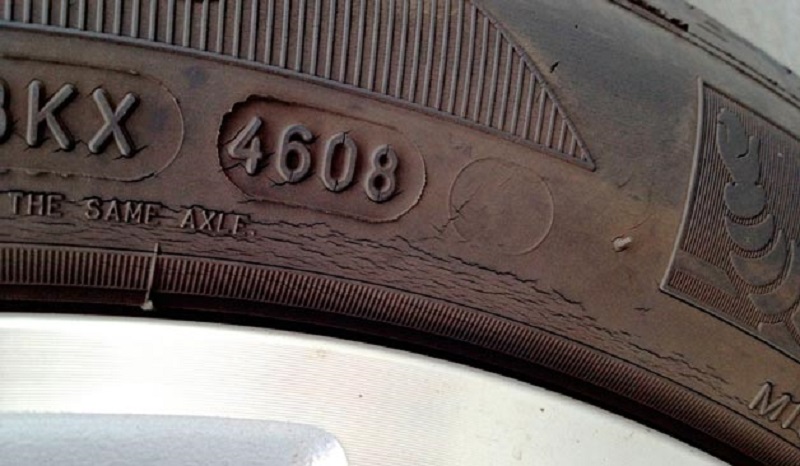
- Traces from sealant on the inside of the tire. A lot of vulcanizing paste is the cause of a large imbalance that is very difficult to eliminate. After buying such rubber, you will experience difficulties in tire and balancing.
How profitable to buy tires used
Used tires are a cost-effective purchase, however, it is necessary to make the right choice so as not to acquire unsuitable rubber. Often it is a truly profitable deal.
Related Materials
- Stove 2110, bad warm stove 2110, VAZ 2110 heating system, repairing the heating system VAZ 2110 with their own hands
- VAZ 2114 stove blows with cold air, stove 2114, bad warm stove VAZ 2114, device and repair of heating VAZ 2114 do-it-yourself, removing the stove VAZ 2114
- How to subdominize the car. How to put a jack. Types of jacks for cars.
- VAZ 2109 Fuse Block, VAZ 2109 Fuse Block Carburetor, VAZ 2109 Fuse Block Injector, Old VAZ 2109 Fuse Block, VAZ 2109 Fuse Block, VAZ Fuse Block 2109
- Car exhaust gas catalyst, faulty catalyst, pluses and cons of the catalyst, how to change the catalyst for the planeencitel
- Stove blowing cold air VAZ 2114, badly blowing the stove VAZ 2114, why badly blowing the stove VAZ 2114
- How to find out the owner of the car by the number of his car, check the car by the number of the traffic police machine, check the car by the state number of the car for free
- Winter car road, pressure in passenger car tires in winter, good battery for the car in winter, whether to warm the car in winter
- In winter, the car is poorly started. How to make a car in winter, do you need to warm up the car in winter, useful tips
- Economy fuel consumption machines, the most economical car consumption
- Tires brands for passenger cars, labeling of car tire labeling, residual passenger car tire protector, how to pick a tire on a car brand, car tire tread pattern
- Working transmission operation, mechanical gearbox clutch work, driving with manual gearbox, useful tips
- Rear beam Peugeot 206 sedan, rear beam device Peugeot 206. Rear beam Peugeot 206 Malfunction, repair of the rear beam Peugeot 206
- Diesel fuel in winter, additive for diesel fuel in winter, how to choose the best diesel fuel
- Diesel winter does not start. How to start diesel in winter, heating diesel in winter.
- Japanese bridgestone tires, winter studded bridgestone tires, bridgestone tires brand
- Tire marking decoding for passenger cars, labeling wheels, how to choose the right tires on the disks
- Diesel engine in winter, launch of the diesel engine in winter, what oil to fill in a diesel engine in winter, useful tips
- LED backlight of the car, the backlight of the bottom of the car, the backlight of the legs in the car, the backlight in the door of the car, the backlight of the car is fine
- Recovered tires, bus tire, restored tire protector, can I use them
- Choose winter tires, which is a winter tires, which pressure in winter tires should be marked with winter tires, how to choose the right winter tires, the best winter tires 2019
- Steering rail rail, knock of steering rack, reasons for the knock and repair of the steering rack do it yourself
- Cameless car tires, a set for repair of tubeless tires, repair of the cannon-free tire do it yourself
- Russian tires, Russian tires Winter, Russian All-season tires, Voronezh AMTEL tires, Tires "Matador Omsk Tire", Kama-tires are world-class bus
- How to open a car without a key. Lost the key from the car what to do, the key from the car inside the car
- Silent tires, quiet winter tires, quiet studded bus, which tires to choose, overview tires
- Tires and safety, safety of the bus, why it is necessary to constantly monitor car tires
- Rules of safe driving of the car in the rain and slush, safe driving of the car for beginners
- Rust converter which is better for cars, rust converters to choose how to use rust transducer, professionals
- Polishing the body of the car do it yourself, how to choose a polishing paste, useful tips
- Engine durability, engine life, how to extend engine life
- Knock in the car. Knock when moving the car. What can knock in the car. How to determine the cause of the knock.
- ABS car, what is ABS car, ABS system malfunction, ABS diagnostics
- Overtaking a car when you can start overtaking a car, rules of traffic rules
- Fuel pump VAZ 2110, VAZ 2110 gas station scheme, VAZ 2110 fuel pump device, VAZ 2110 gas station repair,
- Automotive antennas for radio, automotive antenna device, car antenna do it yourself
- Front suspension Kalina, device front suspension Kalina, knock in front suspension Kalina, repair of front suspension Kalina
- Shock absorber Oil, best oil shock absorbers, pumping oil shock absorbers, how to properly pump oil shock absorber
- Clutch malfunctions, touches clutch, causes a clutch malfunction, how to eliminate
- Viscounts of the fan, work uniforms of the fan, malfunction of the ventilator fan, repair of the ventilator fan
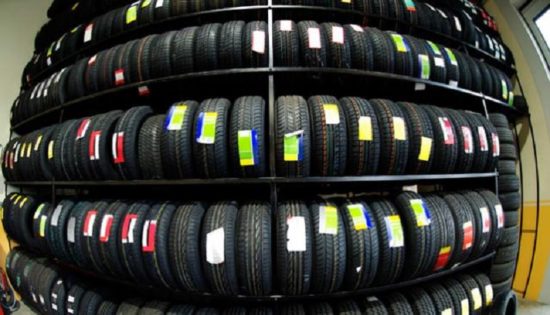
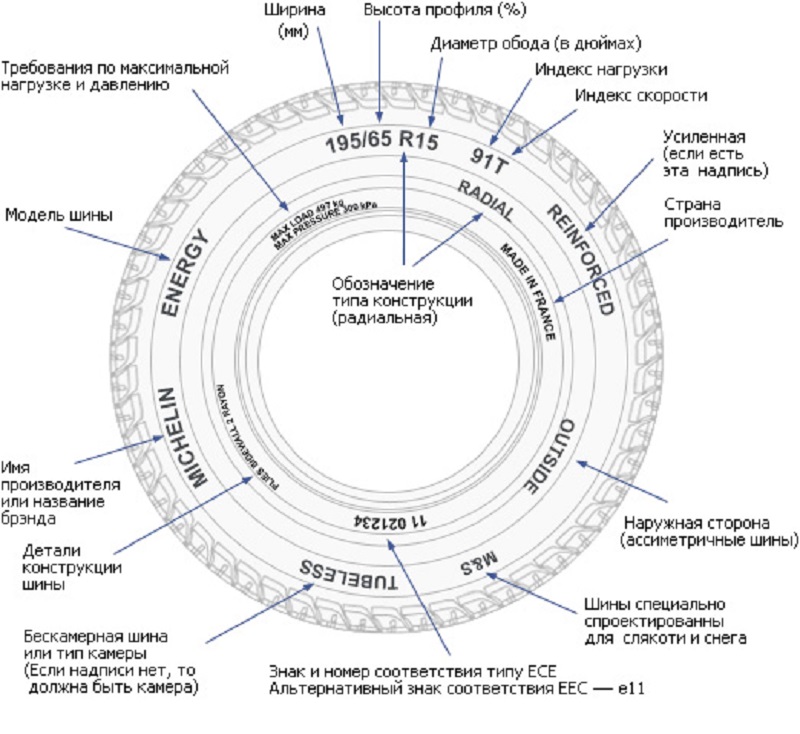
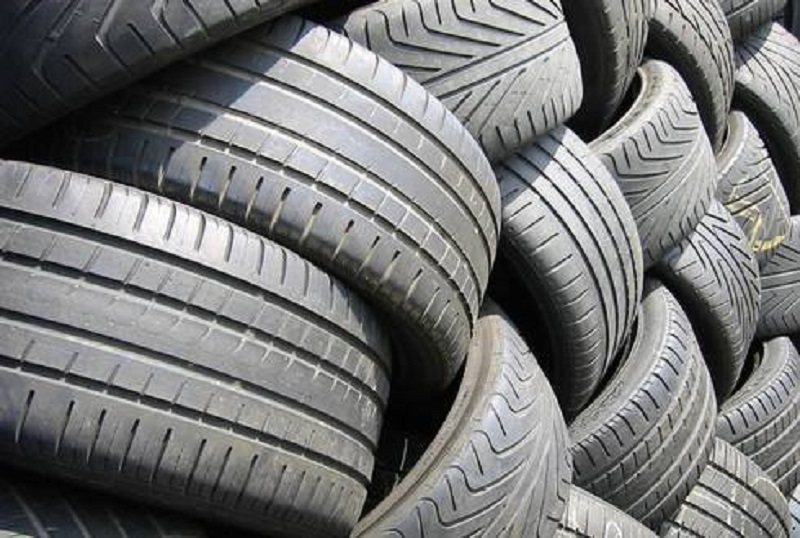
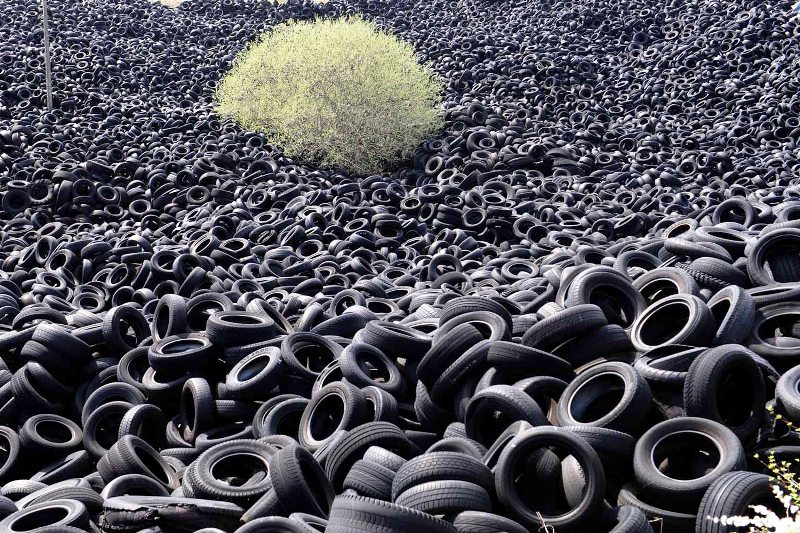
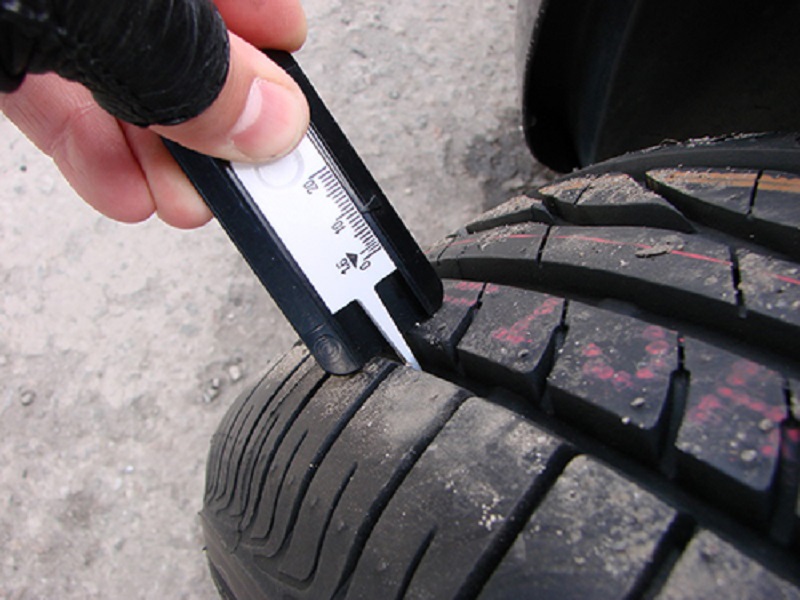

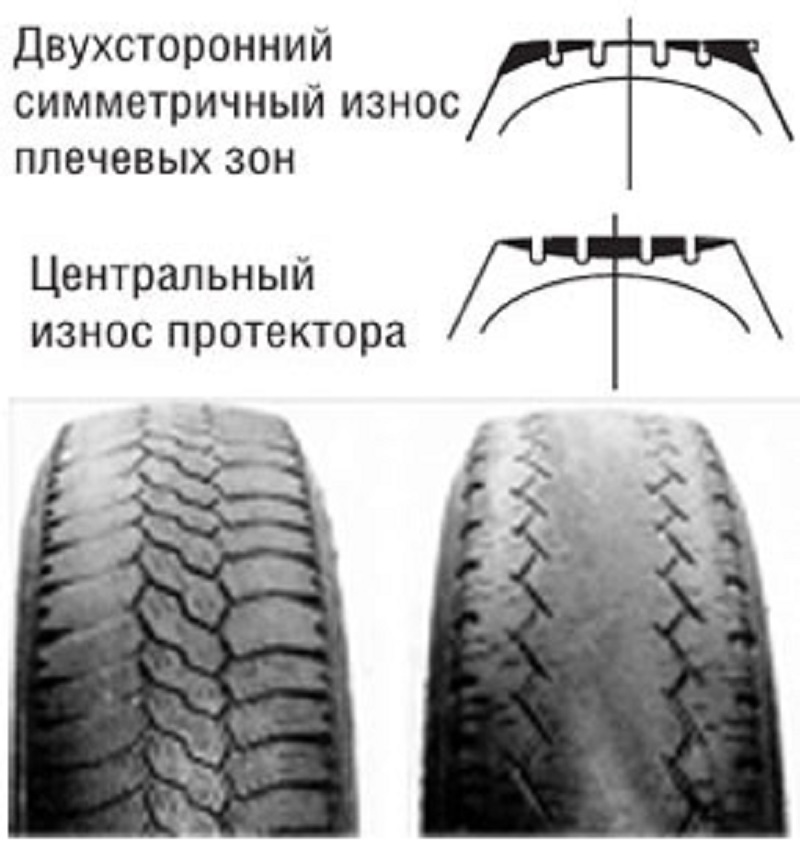






Comments